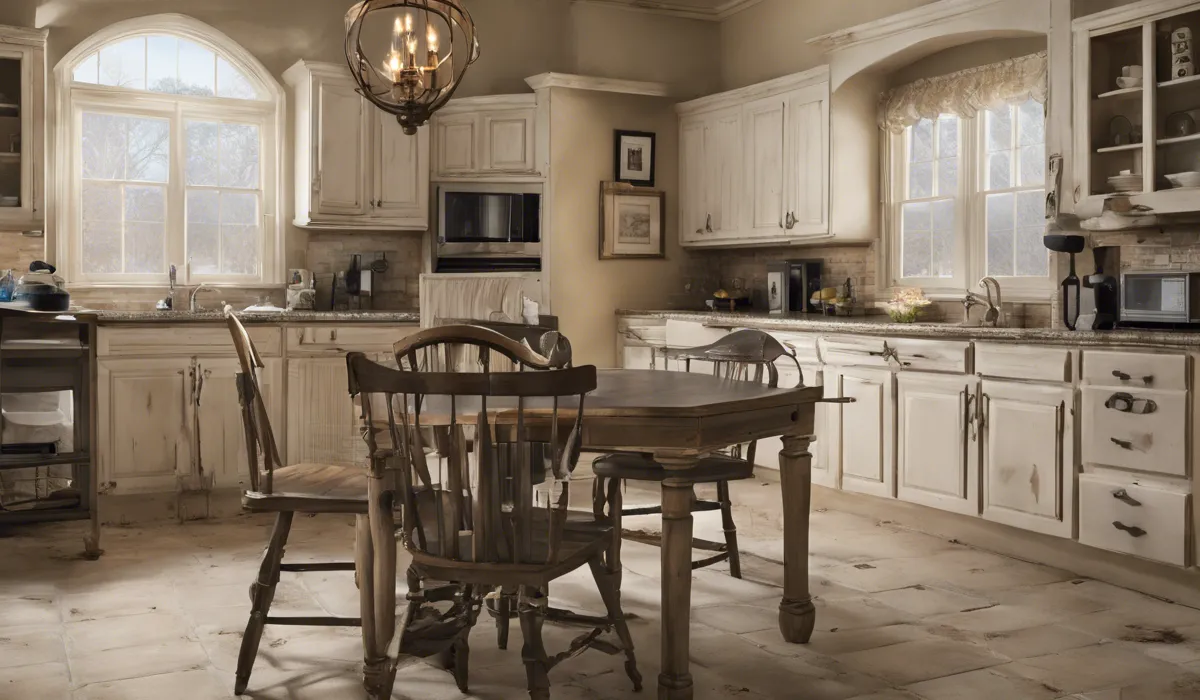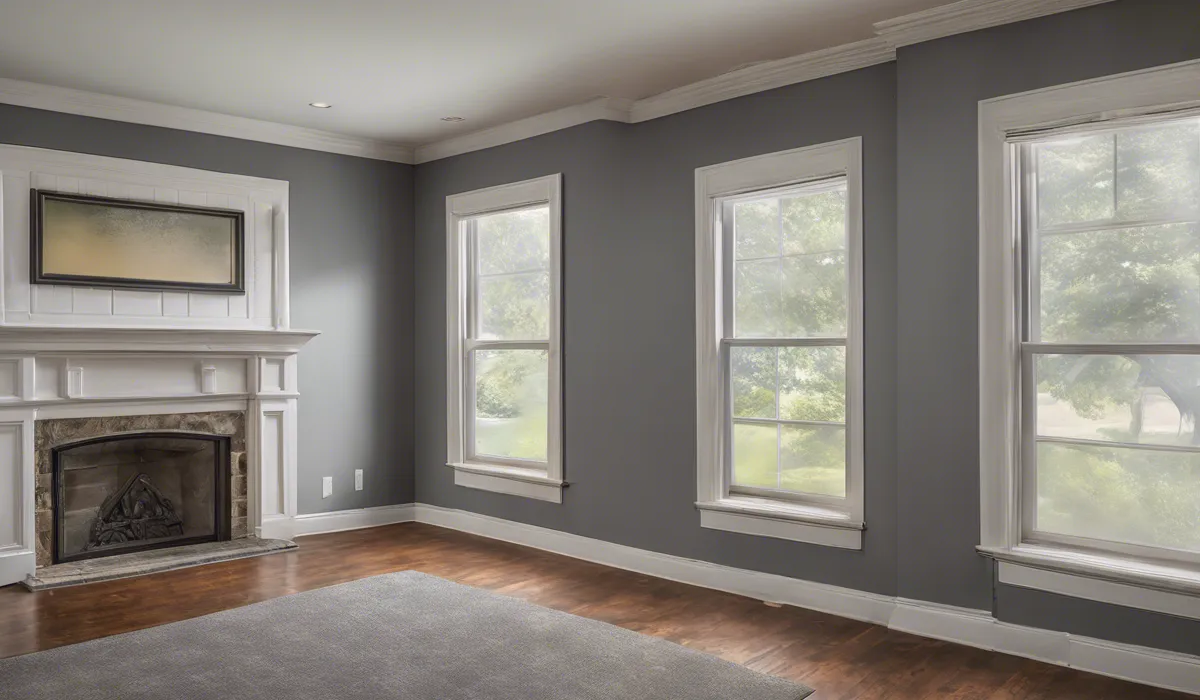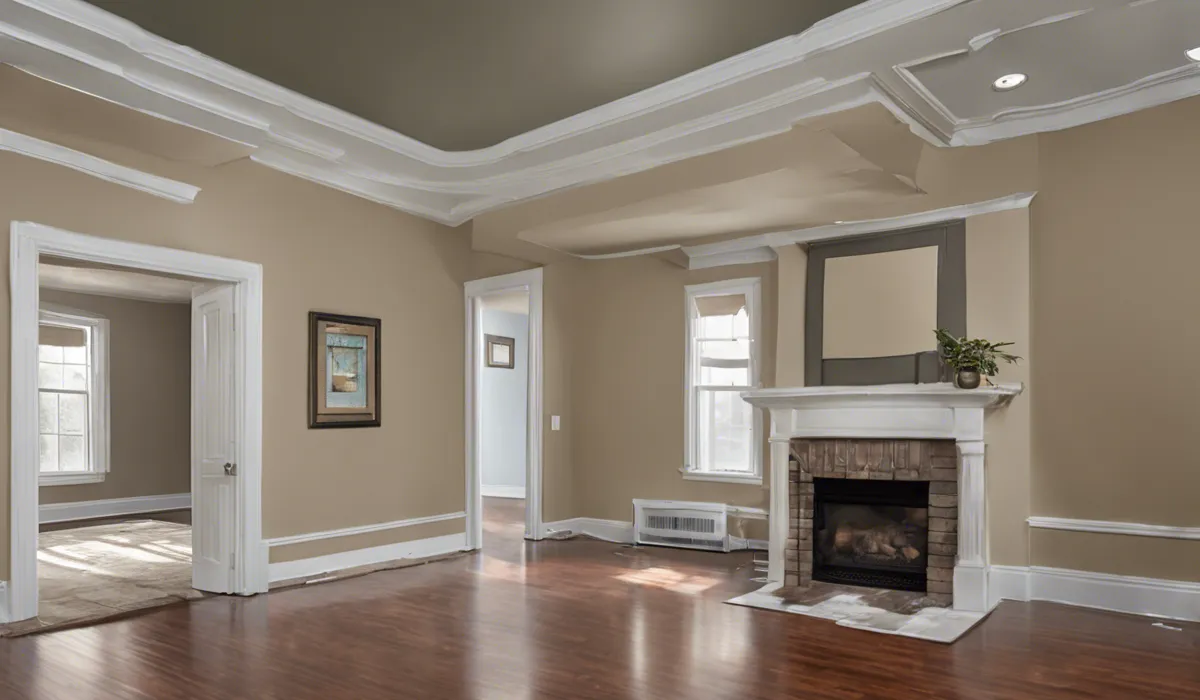To get your house tested for mold, hire a professional mold inspector. They’ll conduct a visual inspection and may use air sampling, surface sampling, and bulk sampling to detect mold presence and types. Results from a certified lab will confirm mold levels and species.
Understanding the Need for Mold Testing

What is Mold and Its Health Implications?
Mold is a type of fungus that thrives in moist environments. It reproduces by releasing spores into the air, which can be inhaled by people and pets.
Exposure to mold can lead to health concerns, especially for those with allergies, asthma, or compromised immune systems. Symptoms can range from sneezing, coughing, and skin irritation to more severe reactions like respiratory distress.
Signs of Mold Presence in Your Home
Identifying mold can be tricky, but some common signs include a musty odor, visible growth on walls or ceilings, and excessive humidity.
Discoloration or water stains can also indicate hidden mold. Keep an eye out for these signs to protect your home and health.
Why You Should Test for Mold?
Testing for mold is crucial for maintaining a healthy home environment. It becomes especially important if you have health concerns that might be linked to mold exposure.
Additionally, after events like flooding or persistent leaks, mold testing can uncover hidden problems. Before buying a new home, mold inspection can save you from future headaches and expenses.
Choosing the Right Mold Testing Method

Professional Mold Inspection vs. DIY Testing
When it comes to mold testing, you have two main options. A professional mold inspection, which is thorough but can be more expensive, or a DIY mold test kit, which is less costly but may not provide as comprehensive results.
Weighing these options depends on your specific situation and the severity of the mold problem.
Types of Mold Tests Available
There are several types of mold tests, each with its own method of detecting mold. Air sampling tests the concentration of mold spores in the air. Surface sampling involves collecting samples from household surfaces.
Bulk sampling takes materials from the home to check for mold presence. Each test provides different insights into the mold issue.
Importance of a Certified Mold Inspector
Choosing a certified mold inspector ensures that the testing is done accurately and the results are reliable.
Certified professionals are trained to identify mold types and advise on the best course of action. They follow strict protocols to ensure safety and effectiveness.
What to Co?nsider When Selecting a Mold Testing Method
Consider factors such as cost, the extent of visible mold growth, and the urgency of your situation.
If you suspect a widespread problem, a professional inspection is advisable. For a localized issue, a DIY kit might suffice. Always weigh the pros and cons and choose the method that aligns with your needs.
The Mold Testing Process

Professional Mold Testing Steps
A professional mold test begins with a visual inspection to assess mold growth. The inspector then collects samples through air, surface, or bulk methods.
These samples are sent to a certified lab to determine mold levels and species. Expect the process to take a few hours to a full day, depending on the size of your home.
What Happens During a Mold Inspection?
During the inspection, the professional will examine areas prone to mold growth and use specialized equipment to detect hidden mold.
They will also evaluate the home’s moisture levels. It’s a non-invasive process that provides a clear picture of any mold issues.
Using a DIY Mold Test Kit
If you opt for a DIY mold test kit, follow the instructions carefully. Place the test kits in areas where mold is suspected, avoid contaminating the samples, and send them to a lab for analysis. The kit should include detailed steps for accurate testing.
Interpreting Results and Next Steps
Once you receive the mold test results, you’ll need to interpret them to decide on the next steps.
If mold is present, you might need to consult with a remediation specialist to remove it safely. The results will guide you on whether professional mold removal is necessary.
FAQs About Getting Your House Tested for Mold
How do I hire a professional mold inspector?
To hire a professional mold inspector, search for certified mold inspection services in your area, check their credentials and reviews, and then contact them to schedule an inspection.
What methods are used during a professional mold inspection?
A professional mold inspector may use air sampling, surface sampling, and bulk sampling, along with a thorough visual inspection to detect mold presence and types.
How long does it take to get results from a mold inspection?
Results from a mold inspection typically take a few days to a week to come back from a certified lab, which will confirm mold levels and species.
Can I test for mold in my house myself?
While DIY mold test kits are available, it is recommended to hire a professional for accurate results, as they have the expertise and equipment to conduct a thorough inspection.
Is mold testing necessary if I can already see mold?
Even if mold is visible, testing can identify the specific type of mold and the extent of the infestation, which is important for effective remediation.
Final Thoughts
To ensure accurate mold detection in your home, it’s essential to enlist a professional mold inspector.
They will perform a thorough visual inspection and may employ various sampling methods—air, surface, and bulk—to identify both the presence and types of mold. A certified laboratory will analyze these samples for definitive results on mold levels and species.
